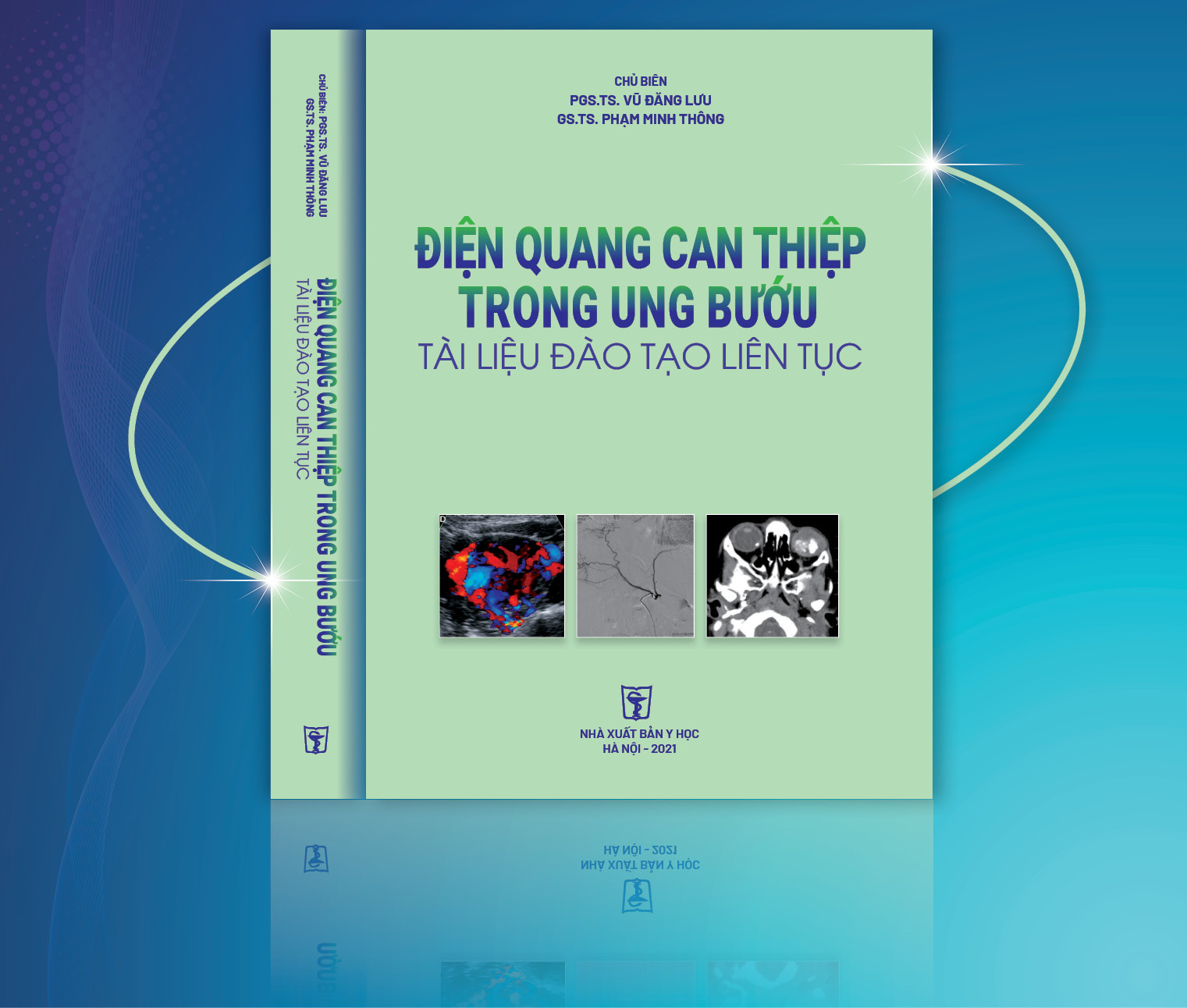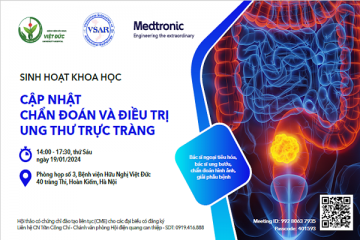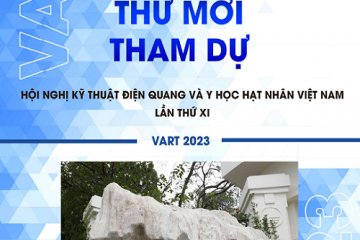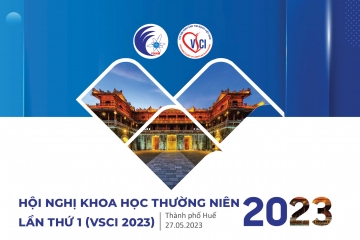Khảo sát kĩ thuật tạo hình xung lực bức xạ âm ARFI trong chẩn đoán hạt giáp
Ttudy the feasibility of acoustic radiation force impulse (ARFI) imaging in the diagnosis of thyroid nodules
summa ry
Purpose: To assess the feasibility of acoustic radiation force impulse (ARFI) imaging (VTQ and VTI) for differentiation of benign and malignant thyroid nodules.
Materials and methods: A total of 130 thyroid nodules underwent conventional ultrasound, including Color Doppler ultrasound using a 7.5MHz linear transducer; ARFI imaging was performed at 4MHz using Siemens Acuson S2000 B-mode- ARFI combination transducer; and FNAC (Fine needle aspiration cytology) assessment of thyroid nodule as reference criteria.
Results: 130 nodules were analysed. 103 nodules were benign, 23 nodules were malignant and 4 follicular lesions. The median velocity of ARFI imaging in the normal nodule-free thyroid gland, as well as benign and malignant thyroid nodules was 1.41m/s (range 0.84 - 3m/s); 2.15m/s (range 0.8 - 4.04m/s) and 3.2m/s (range 0.9 - 9.22m/s), respectively. At cut-off 2.16m/s, a sensibility of 79.4% and specificity of 53.7% of VTQ could be achieved (AUROC = 0.731). The difference between VTQ of normal thyroid tissue and thyroid nodule (benign, malignant) has the sensibility of 79.5% and specificity of 51% at the cut-off of 0.63 (AUROC = 0.72). A significant difference was found between VTI on the one hand and benign or malignant thyroid nodules on the other hand, a = 0.001.
Conclusions: VTQ and VTI of ARFI can be useful in the assessment of benign and malignant thyroid nodules. These novel quantitative and qualitative elastography method should be combined to give a more reliable result. Further investigations are needed to compare these baseline findings in thyroid nodules in healthy thyroid tissue with those in thyroid diffuse diseases.
TÓM TẮT
Mục tiêu: khảo sát các đặc điểm của kĩ thuật tạo hình xung lực bức xạ âm ARFI trong chẩn đoán phân biệt hạt giáp lành - ác.
Đối tượng và phương pháp nghiên cứu: nghiên cứu mô tả cắt ngang. 130 hạt giáp được thực hiện siêu âm quy ước B-mode và tạo hình xung lực bức xạ âm ARFI bằng máy siêu âm Acuson Siemens S2000 tại Medic từ tháng 08/2011 đến tháng 10/2012. Tất cả hạt giáp đều được thực hiện FNAC sau đó để làm giá trị đối chiếu. Xử lý số liệu: phần mềm Medcalc.
Kết quả: khảo sát 130 hạt giáp gồm 103 hạt lành tính, 23 carcinôm tuyến giáp dạng nhú và 4 tổn thương dạng nang. Giá trị VTQ trung bình của mô giáp lành, hạt giáp lành và ác tính lần lượt là 1,41m/s (range 0,84 – 3m/s); 2,15m/s (range 0,8 – 4,04m/s) và 3,2m/s (range 0,9 – 9,22m/s). Tại điểm cắt 2,16m/s, độ nhạy và độ chuyên của ARFI trong phân biệt hạt giáp lành tính và ác tính là 79,4% và 53,7% (diện tích dưới đường cong ROC là 0,731). Độ chênh lệch giá trị VTQ giữa mô giáp bình thường và hạt giáp (lành, ác) có độ nhạy là 79,5% và độ chuyên là 51% tại điểm cắt 0,63 (diện tích dưới đường cong ROC là 0,72). Có sự phụ thuộc có ý nghĩa thống kê giữa VTI và phân biệt hạt giáp lành - ác, ngưỡng sai lầm a = 0,001.
Kết luận: VTQ của hạt giáp và độ chênh lệch giá trị VTQ giữa mô giáp bình thường và hạt giáp có thể giúp ích trong chẩn đoán phân biệt hạt giáp lành tính và ác tính. Có thể phối hợp với VTI để tăng thêm giá trị chẩn đoán.
Bạn Đọc Quan tâm
Sự kiện sắp diễn ra
Thông tin đào tạo
- Những cạm bẫy trong CĐHA vú và vai trò của trí tuệ nhân tạo
- Hội thảo trực tuyến "Cắt lớp vi tính đếm Photon: từ lý thuyết tới thực tiễn lâm sàng”
- CHƯƠNG TRÌNH ĐÀO TẠO LIÊN TỤC VỀ HÌNH ẢNH HỌC THẦN KINH: BÀI 3: U não trong trục
- Danh sách học viên đạt chứng chỉ CME khóa học "Cập nhật RSNA 2021: Công nghệ mới trong Kỷ nguyên mới"
- Danh sách học viên đạt chứng chỉ CME khóa học "Đánh giá chức năng thất phải trên siêu âm đánh dấu mô cơ tim"













Bình luận